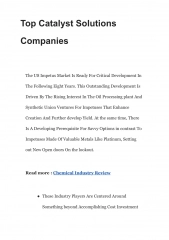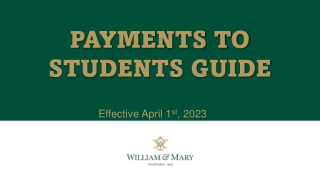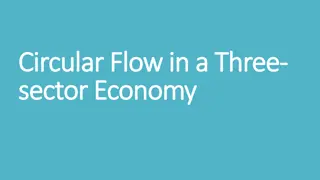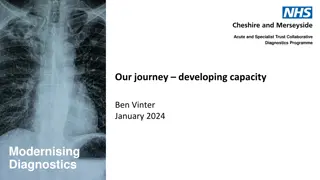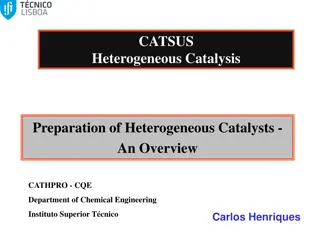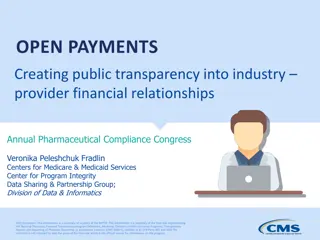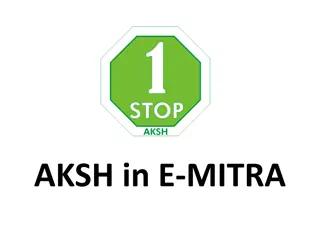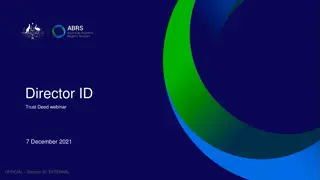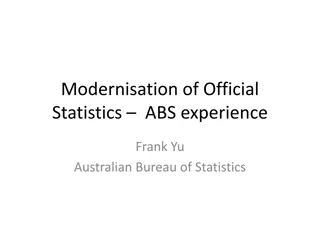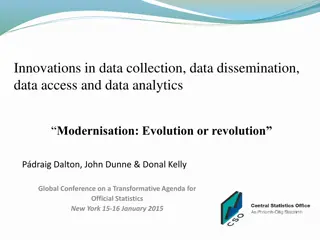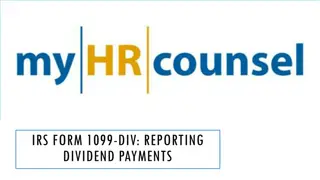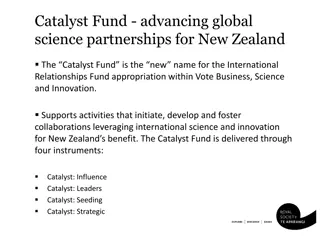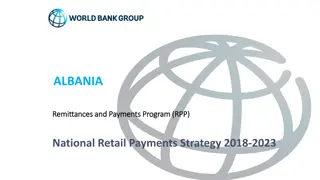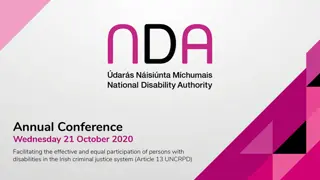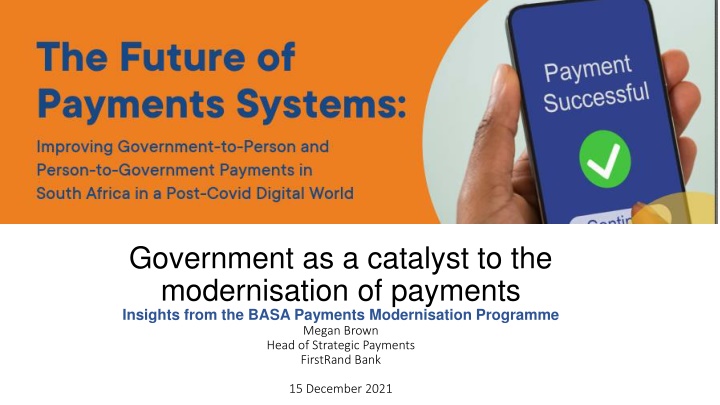
Government as a Catalyst to Modernising Payments
Insights on utilizing government resources to innovate payment systems and enhance efficiency. Examining pillars of a digital economy, shared problem statements in fund deployment, and data utilization for risk management and fraud prevention.
Download Presentation

Please find below an Image/Link to download the presentation.
The content on the website is provided AS IS for your information and personal use only. It may not be sold, licensed, or shared on other websites without obtaining consent from the author. If you encounter any issues during the download, it is possible that the publisher has removed the file from their server.
You are allowed to download the files provided on this website for personal or commercial use, subject to the condition that they are used lawfully. All files are the property of their respective owners.
The content on the website is provided AS IS for your information and personal use only. It may not be sold, licensed, or shared on other websites without obtaining consent from the author.
E N D
Presentation Transcript
Government as a catalyst to the modernisation of payments Insights from the BASA Payments Modernisation Programme Megan Brown Head of Strategic Payments FirstRand Bank 15 December 2021
Pillars of a Digital Economy Enabling (and Limiting) Factors Whole Economy Approach Networks and cost of data Hardware and software Data standards (digital language) Consumer National Cloud National e-Payment Plan Digital education and skills (SS & DS) Digital ID (and Know-your-citizen ) Business Government Digital Payments First, Middle and Last Mile 2
A Shared Problem Statement Mobilising State-owned and augmented data to plan, analyse and execute on planned and unplanned (crisis) State funds deployment. Payments execution using modernised tools to achieve cost efficiency and risk management Optionality and choice for recipients that is appropriate for their context Suitable contextual payment options for recipients SPEND IDENTIFY EXECUTE RECEIVE 3
Data & Data Use Cases Own Data Sourced Data (Private Sector) Sourced Data (Public Sector) Geolocation (Card at POS, ATM, online banking, App) IP Address Profile (employment, sources of income) Product holdings, activity (including values) Life stage Preferences Credit Bureau data (various) LexisNexis Emailage and Threatmetrix TransUnion Mobile Risk Indicator SAFPS SABRIC (Card) PASA (DOAP) Lightstone property toolkit UN/FATF etc (sanctions lists) PEP Lists PERSAL (Public sector employees) Dept Education (Matric) Universities (qualifications) REDS list (banking staff) DHA: ID, Names, deceased, biometrics SARS (VAT #) SARS (tax clearance) CIPC: Name, Reg, Directors, Liquidation etc Deeds office (ownership, Erf- address, valuations) NATIS (e.g. vehicle ownership, drivers license, outstanding fines) AFIS (criminal record)
Data Applications Look for patterns (criminal syndicates abuse weak links repeatedly until you detect and address) Risk scoring: look for inconsistencies (e.g. unemployed receiving large amounts) Look for links (complex flows using multiple accounts/parties) Cleaning data: reject the outlier, reject stale data Machine learning (what behaviours have been shown to be associated with fraud adopt the model to flag these) Validation: proof of submitted data through comparison to independent sources Risk-based approach using data analytics
* Subj to application i.t.o. PAIA As is Examples Government Data Private Sector Publicly available* Limited Access Not Publicly available Data Producers MNO (Sim) SASSA SAFPS Credit PERSAL (e.g. Govt empees) UIF Deeds DHA SARS (e.g. VAT) SARS CIPC RICA NSFAS PERSAL API / FTP / hardware Batch/Real-time Data Aggregators E.g.: TransUnion, Experian, E4, LexisNexis Consumers Government Private Sector . Estate Agents Recruiters Fin Institutions Law Firms Data
BASA Payments Modernisation Programme a) Market (client needs) E.g. Digitisation, Systems integrations, Inclusion Top Down b) Transformational themes E.g. Platforms, ecosystems, APIs, blockchain, outsourcing 3. Convergence: Domestic and Cross-border 7. Needs of Business in a digital economy incl. Strategic Data 1A API s for payment operations (bank-to-bank, non-bank PSP or operator) and decentralisation? 4. Convergence: Low & high value systems: EFT, RTC, RPP, IMMS 8. Needs of Government in a digital economy 1B Regtech (incorporating opportunities using API tech) New Focus Areas 5. Modernisation of Settlements, w-CBDC and m-CBDC 10. Fraud models, Cyber, Fin-Crime 1C Bank-to-client/market API s ( market led open payments), API standards? 6. Convergence: RPP, Cash, r-CBDC 12. Reg/risk model (&PIB) 2. Interoperability and standards: API - ISO, QR, Proxies, SoV(?) 13. Mobile Wallets 11. Digital ID Bottom Up c) Gaps E.g. Data strategy, Fraud, Open standards, consolidation d) Inefficiencies Comprehensive review and roadmap, sunsetting, shared capabilities
Per World Bank/Finmark Report Assessment: Post RPP World Bank FinMark Trust Payment Needs Analysis: Grant Recipients & Gap Analysis to current & future state RPP with proxy hopes to address. Client interface is NB Consistency of customer experience is NB But not all banks are participants on RPP yet Person-to-person payments Account-to-account transfers, with the mobile number available as a proxy. Family / Regular payments should be easy to do and identified by the name of the recipient RPP with Request-to-Pay supports Person-to-Merchant (P2M) QR standards being examined at PASA. QR requires smartphone to scan the image. (Report suggests high penetration of smartphones in younger recipients). Request-to-pay, available to registered merchants Merchant initiates payment; payer authorises payment on device Payment via QR codes (at merchants) Major banks (especially those with large ATM footprint) offer this, but many (incl. Postbank do not). Domestic transfers (remittances) Send money to a mobile-phone whereby funds accessed via a unique code made available to the recipient (ideally via SMS) Broader access points e.g. retailers. Fairly widely available over multiple channels. Mobile payment of pre-paid services, specifically airtime/data and electricity. Bill presentment? Perhaps Request-to-pay with a PDF attachment? Mobile payment of bills Directed interoperability may be needed to ensure closed-loops support digital payments to parties outside the loop Transfers to other accounts (outside the loop ) Source: FMT_SASSA_Report_2_Raising_ Returns_10072020_v10.indd (finmark.org.za) Ease of access to information is important to compete with cash which is totally transparent. It builds trust in the store-of-value Basic account access functionality is also required: Balance information Statements/transaction history information Beneficiary management Profile management (limits, addresses if applicable, etc.)
Insights from Finmark Needs analysis Customer interface matters Cash Card Digital migration planning Importance of live balance Ease of use Interoperability Financial digital education Education intuitiveness Standardised customer experience across providers/brands (community education) Device (basic/feature/smart phone) but also role of branches (digital interfaces) and ATMs Affordability, choice, and leave no-one behind Multitude of wallets with limited functionality Cash offers me certainty of available funds and I am in control of what its used for.
Final observations Digitisation is a national theme, and a national imperative A coordinated approach supports exponential change There are critical supporting pillars across network, data governance, hardware, skills etc. There are clear overlaps in shared intent, goals and co-dependencies Future of cash Digitisation of payments and financial inclusion Sovereignty of Data and Payment systems/data Efficiency and exponential capability gains Skills scarcity Data governance and standards: Cyber-security, privacy and data ethics

